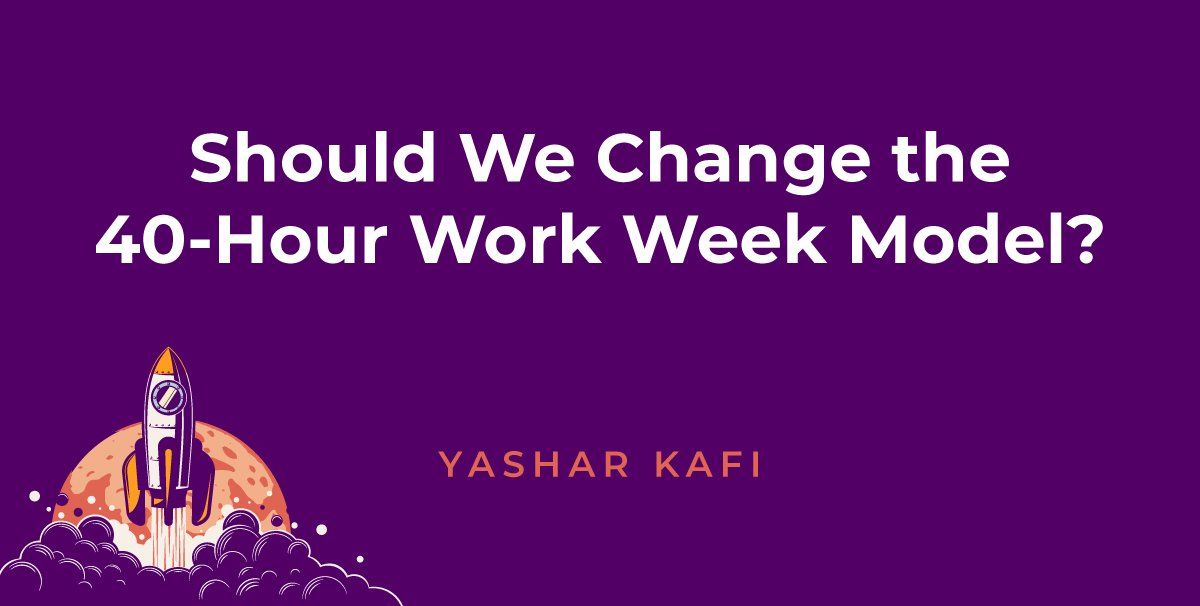Should We Change the 40-Hour Work Week Model?
Let’s talk about the 40-hour workweek. I’m going to get straight to the point and not dance around it: That traditional nine-to-five scheme is a scam. It might be the norm—or at least it was up until the pandemic—but does that mean it is the best schedule for everyone?
Let me explain why I feel so adamantly about this (and why you should too). People spend their whole lives working 40 hours a week for 52 weeks a year, for 50 years, only to retire for just a few measly years at the very tail end of it all. It is postponing joy. Or worse, it is delaying life.
Luckily, times are changing (albeit slowly, and with some companies still bent on holding onto the old traditional nine-to-five model with white knuckles). I think the arrival of complications due to COVID ushered in some new thought patterns regarding management’s willingness to think outside of the confines of the nine-to-five box. It was no longer necessary to go into the physical office and park your butt in your cubicle simply to sit at the computer screen (which you could easily sit in front of at home) for 8 hours straight.
Flexibility and a New Focus
Flexibility was suddenly forced into the spotlight. And while CEOs may have begrudgingly obliged to the work from home model, a new era is arising that is less focused on where, when—and how many exact hours—you work and more focused on whether or not you get your duties accomplished. If you want to take a morning to hang out with your family or go for a hike, why can’t you work in the evening instead?
It seems logical. Imagine living in a world where, if you get your work done in four hours, you don’t have to sit around for four more hours. It’s as simple as that. Drop the mic.
Different Metrics to Measure
Here’s the way I see it and how a new working model just makes sense. With the 25 years of experience that I have, you’re not paying me per hour. You’re paying me for those 25 years of experience that I’m bringing to the table to be able to accomplish something in an efficient and value-added manner.
We’ve Gotten More Efficient
Speaking of efficiency, I want to reiterate that most people have gotten far more efficient at working, so they don’t need to sit around for 40 hours. They can multitask, they can sit at home, they can take care of their kids, they can go to the office when they need to, they can go shopping and take a conference call—the list goes on. Honestly, it’s not that hard.
New Normal
While we are talking about the world returning to a “new normal” post-pandemic, I, for one, am celebrating the glimmers of this new normal working model. Just like clothes become outdated and go out of style, the nine-to-five workweek isn’t in-style anymore—it’s dated, inefficient, and doesn’t work for everyone.
Recent Posts


Recent Posts




